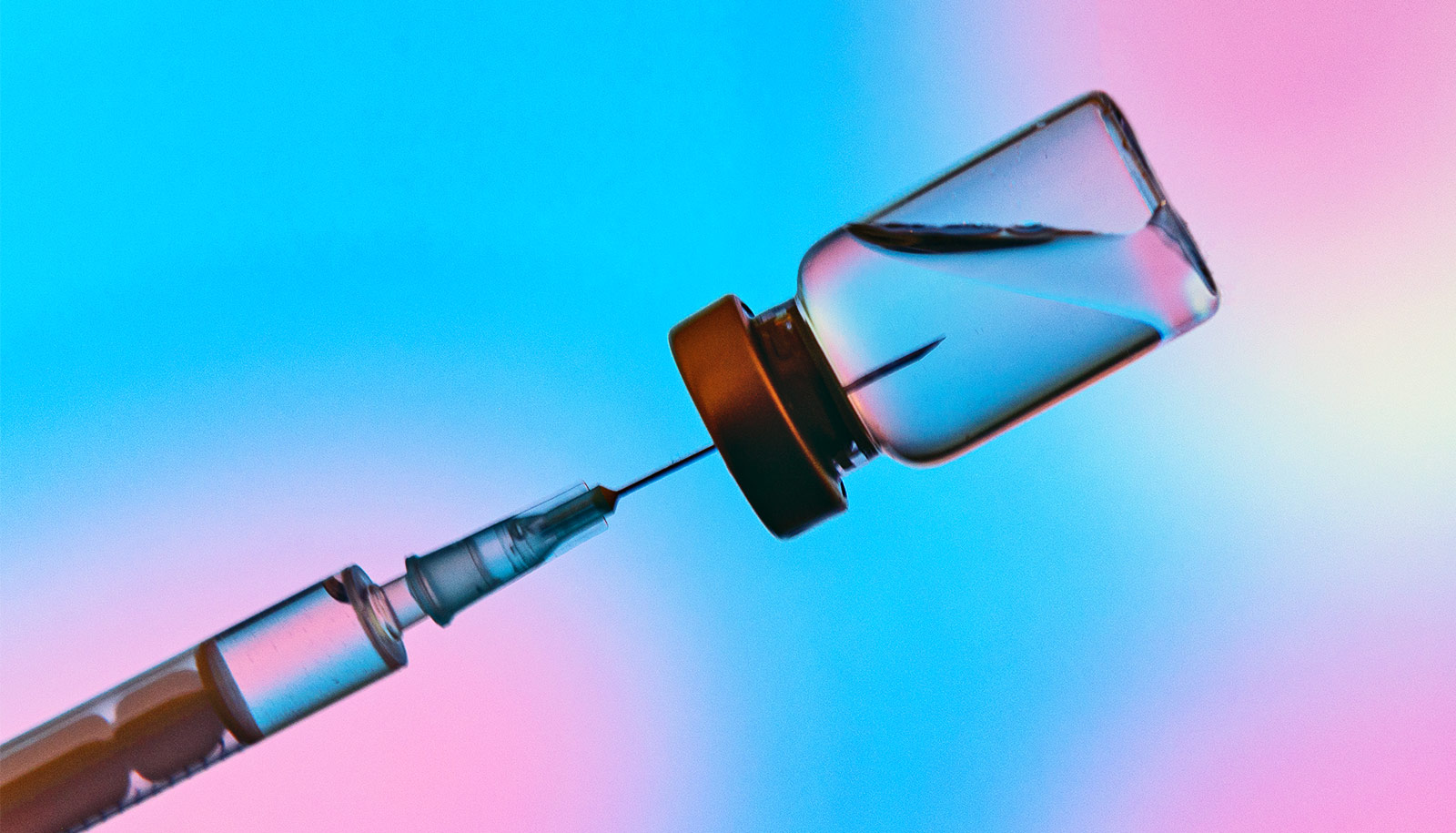Chemists and gene therapy experts have a new way to insert the code for modified proteins into the cells of mice.
They’ve used firefly proteins to make a glow-in-the-dark mouse and, if the technique also works in humans, it could be useful for vaccines or cancer therapies.
“It’s almost a childlike enthusiasm we have for this.”
Not only did the mouse glow, recalls Timothy Blake, a postdoctoral fellow in the Waymouth lab at Stanford University, but it also later woke up and ran around, completely unaware of the complex series of events that had just taken place within its body. Blake says it was the most exciting day of his life.
This success, the topic of a recent paper in Proceedings of the National Academy of Sciences, could mark a significant step forward for gene therapy. It’s hard enough getting these protein instructions, called messenger RNA (mRNA), physically into a cell. It’s another hurdle altogether for the cell to actually use them to make a protein. If the technique works in people, it could provide a new way of inserting therapeutic proteins into diseased cells.
“It’s almost a childlike enthusiasm we have for this,” says chemistry professor Robert Waymouth. “The code for an insect protein is put into an animal and that protein is not only synthesized in the cells but it’s folded and it becomes fully functional, capable of emitting light.”
Although the results are impressive, this technique is remarkably simple and fast. And unlike traditional gene therapy that permanently alters the genetic makeup of the cell, mRNA is short-lived and its effects are temporary. The transient nature of mRNA transmission opens up special opportunities, such as using these compounds for vaccination or cancer immunotherapy.
Skipping the DNA
Gene therapy is a decades-old field of research that usually focuses on modifying DNA, the fundamental genetic code. That modified DNA then produces a modified mRNA, which directs the creation of a modified protein. The current work skips the DNA and instead just delivers the protein’s instructions.
“Creating a firefly protein in a mouse is amazing but, more than that, this research is part of a new era in medicine.”
Previous work has been successful at delivering a different form of RNA—called short interfering RNA, or siRNA—but sending mRNA through a cell membrane is a much bigger problem. While both siRNA and mRNA have many negative charges—so-called polyanions—mRNA is considerably more negatively charged, and therefore more difficult to sneak through the positively charged cell membrane.
What the researchers needed was a positively charged delivery method—a polycation—to complex, protect, and shuttle the polyanions. However, this alone would only assure that the mRNA made it through the cell membrane. Once inside, the mRNA needed to detach from the transporter compound in order to make proteins.
The researchers addressed this twofold challenge with a novel, deceptively straightforward creation, which they call charge-altering releasable transporters (CARTs).
Ultrasound and bubbles prick cells for gene therapy
“What distinguishes this polycation approach from the others, which often fail, is the others don’t change from polycations to anything else,” says chemistry professor Paul Wender, coauthor of the paper. “Whereas, the ones that we’re working with will change from polycations to neutral small molecules. That mechanism is really unprecedented.”
As part of their change from polycations to polyneutrals, CARTs biodegrade and are eventually excreted from the body.
New vaccines?
The researchers say CARTs could move the field of gene therapy forward dramatically in several directions.
“Gene therapy has been held up as a silver bullet because the idea that you could pick any gene you want is so alluring,” says Jessica Vargas, co-lead author of the study, who was a PhD student in the Wender lab during this research. “With mRNA, there are more limitations because the protein expression is transient, but that opens up other applications where you wouldn’t use other types of gene therapy.”
Common cold vaccine may be more than a dream
One especially appropriate application of this technology is vaccination. At present, vaccines require introducing part of a virus or an inactive virus into the body in order to elicit an immune response. CARTs could potentially cut out the middleman, directly instructing the body to produce its own antigens. Once the CART dissolves, the immunity remains without any leftover foreign material present.
The team is also working on applying their technique to another genetic messenger that would produce permanent effects, making it a complementary option to the temporary mRNA therapies. With the progress already made using mRNA and the potential of their ongoing research, they and others could be closer than ever to making individualized therapeutics using a person’s own cells.
“Creating a firefly protein in a mouse is amazing but, more than that, this research is part of a new era in medicine,” says Wender.
Funding came from the Department of Energy, the National Science Foundation, the National Institutes of Health, the Chambers Family Foundation for Excellence in Pediatric Research, the Child Health Research Institute, the Stanford Center for Molecular Analysis and Design, and the National Center for Research Resources.
Source: Stanford University



